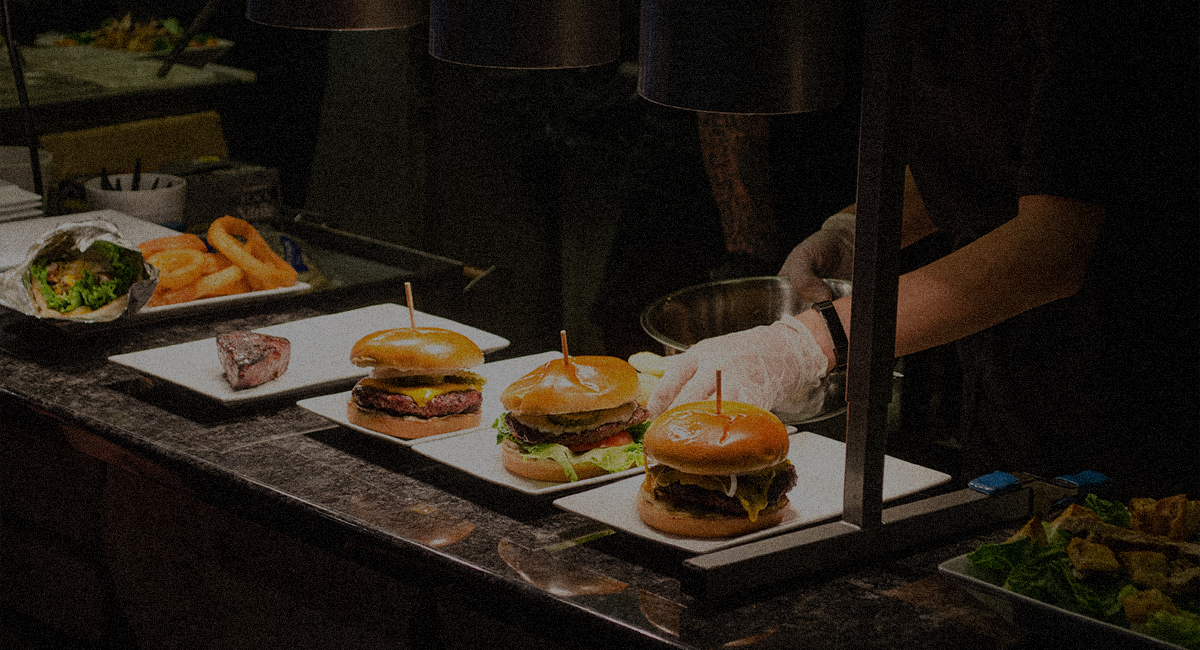As the Federation of State Beef Councils celebrates its 60th anniversary this year, let’s step back in time and look at successful projects that have created a strong state/national partnership through the decades. We are cruising into the ‘70s when polyester and platform shoes were the fashion of the disco era and momentum for a national Beef Checkoff program began to build.
Beef consumption rose 33 percent between 1963 and 1976, and even though consumers were eating more beef, they were buying it at lower prices and producers struggled to remain profitable. Nutritionists also started warning consumers about eating too much red meat and the government began making recommendations to consume less beef and eat more chicken and fish. Producers recognized the need to increase beef demand nationally and protect the industry’s image.
In 1972, the Beef Industry Council (BIC) placed full-color, full-page ads in women’s magazines with the theme “Nothing Beats Beef.” This type of campaign was a first for BIC, and several state beef councils contributed funding to extend the message locally. In addition to the colorful magazine ads, full-color in-store displays were made available to retailers and press releases and scripts for radio commercials were sent to food editors.
With support of the American National Cattlemen’s Association (ANCA) and the BIC, the American National CowBelles started the National Beef Cook-Off in 1974 to generate publicity for beef. Early cook-offs encouraged use of more economical cuts of beef from the chuck, round and brisket or ground beef and entries were judged on appearance, ease of preparation, originality and taste. In 1979, funding from the BIC made it possible to include contestants from all 50 states and Washington, D.C. The successful national contest continued for four decades and resulted in tasty beef recipes that generated positive media attention and millions of impressions for beef.
In 1976, the BIC celebrated the 200th anniversary of the Declaration of Independence by creating the “Bicentennial Beef Cookbook,” which featured beef dishes from America’s first 200 years and reached 100,000 consumers. In addition to recipes, the book featured historical information about the cattle industry, tips on preparation and storage as well as nutrition information. The release of the cookbook generated positive publicity for beef in newspapers across the country and industry organizations used the book for special campaigns and promotions.
During the 1976 National Beef Promotion Workshop, the first “Sizzler Award” competition took place with state beef promotion programs competing for bragging rights. States submitted their most effective campaigns, which were judged on originality and effectiveness. The Oregon Beef Council’s “Beef Gift Certificate” campaign received the first top “Sizzler” nod.
Educating both consumers and health professionals about beef’s nutritional profile also started to take center stage. Full-page advertisements in professional journals brought the beef nutrition message to physicians, nutritionists, dietitians and home economists. In addition, consumers were reached through ads in magazines such as Reader’s Digest, Time, Newsweek and Better Homes and Gardens. Focusing on beef’s positive nutritional attributes, the ads reassured consumers that beef is the food they’re “right to like.”
Later in the decade there was a drive to initiate the first national Beef Checkoff assessment. While 56% of producers voted in favor of the measure, in a 1977 referendum it failed to earn the required two-thirds approval to pass. A second referendum also failed, by a more significant margin, with only 35% voting in favor of the program. It would take nearly ten more years before the national Beef Checkoff came to fruition, but that’s a story for next month.
For more information about the Federation of State Beef Councils, visit www.ncba.org/federation. Next month we’re going back to the future to the ‘80s when the Beef Checkoff began, and big hair was in.